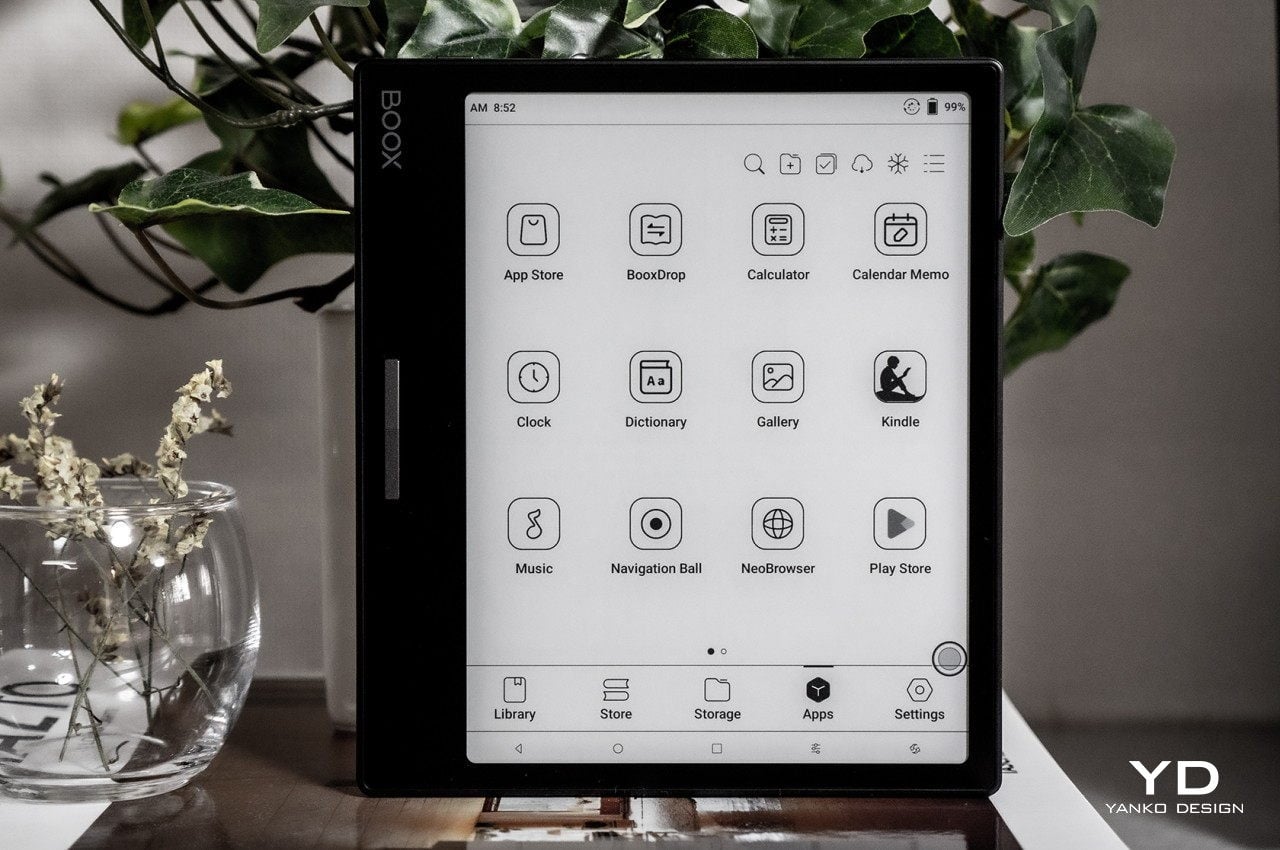#Stop Closing Apps on Your iPhone

Table of Contents
“#Stop Closing Apps on Your iPhone”

If you constantly close apps on your iPhone while attempting to speed things up or save battery life, you’re doing the opposite and making your iPhone perform worse. Here’s why.
iPhone Handles System Resources Automatically
Many people might be familiar with how apps run on a Mac or a Windows PC. On those platforms, if an application is running in the background, it can still be using up CPU cycles or taking up RAM. Conventional wisdom says that closing those programs will make your PC or Mac perform better.

On an iPhone, things work differently: When you switch away from an app, the app enters a suspended state, and iOS automatically frees up CPU cycles and RAM that were devoted to running the app. iPhone’s automatic resource management is so good that you never need to worry about an app paused in the background slowing down the app you’re using in the foreground.
Officially, Apple says “You should close an app only if it’s unresponsive.”
Re-launching Apps Hurts Performance and Battery
In fact, when you force an app to close on your iPhone, it will not only slow down your app experience but will also use up more battery life. That’s because, once an app is closed completely, it needs to re-launch and reload all of its resources the next time you open the app. That takes extra CPU power, which uses up your battery faster. Re-launching a completely closed app is also slower than switching quickly to a suspended app.
So, instead of increasing performance and saving battery life, regularly closing apps on iPhone will actually do exactly the opposite.
There is one exception, however. Sometimes a background app can check for new information. If that app is programmed improperly, it might use more battery life than usual. If an app is abusing its resources in the background, you might see evidence of it in the “Battery” section of the Settings app. In that case, don’t force quit. Instead, you can disable Background App Refresh in Settings.
Sometimes You Still Need to Close Apps
Despite everything we just wrote, there are still a few legitimate reasons you might need to force-close an iPhone app. If an app stops responding or isn’t working properly, it’s a good idea to bring up the app switcher and close the app completely. To do so, you’ll need to perform a different action depending on the type of iPhone you have:
- On iPhone X or later: Swipe upward from the bottom of the screen toward the middle of the screen, then lift your finger.
- On iPhones with Home buttons: Double-press the Home button located below the screen.
When the App Switcher opens, you’ll see thumbnails of apps that are suspended in the background. To force close an app, swipe its thumbnail upward, off the screen.

When the app disappears, the app has been closed completely. The next time you tap its icon, it will re-launch itself.
Even though Apple allows you to force-close Apps in this manner, doing so should be a very rare occurrence. iOS takes care of multitasking in an elegant and efficient way. Good luck!
RELATED: How to Close and Restart iPhone and iPad Apps
If you liked the article, do not forget to share it with your friends. Follow us on Google News too, click on the star and choose us from your favorites.
For forums sites go to Forum.BuradaBiliyorum.Com
If you want to read more like this article, you can visit our Technology category.



